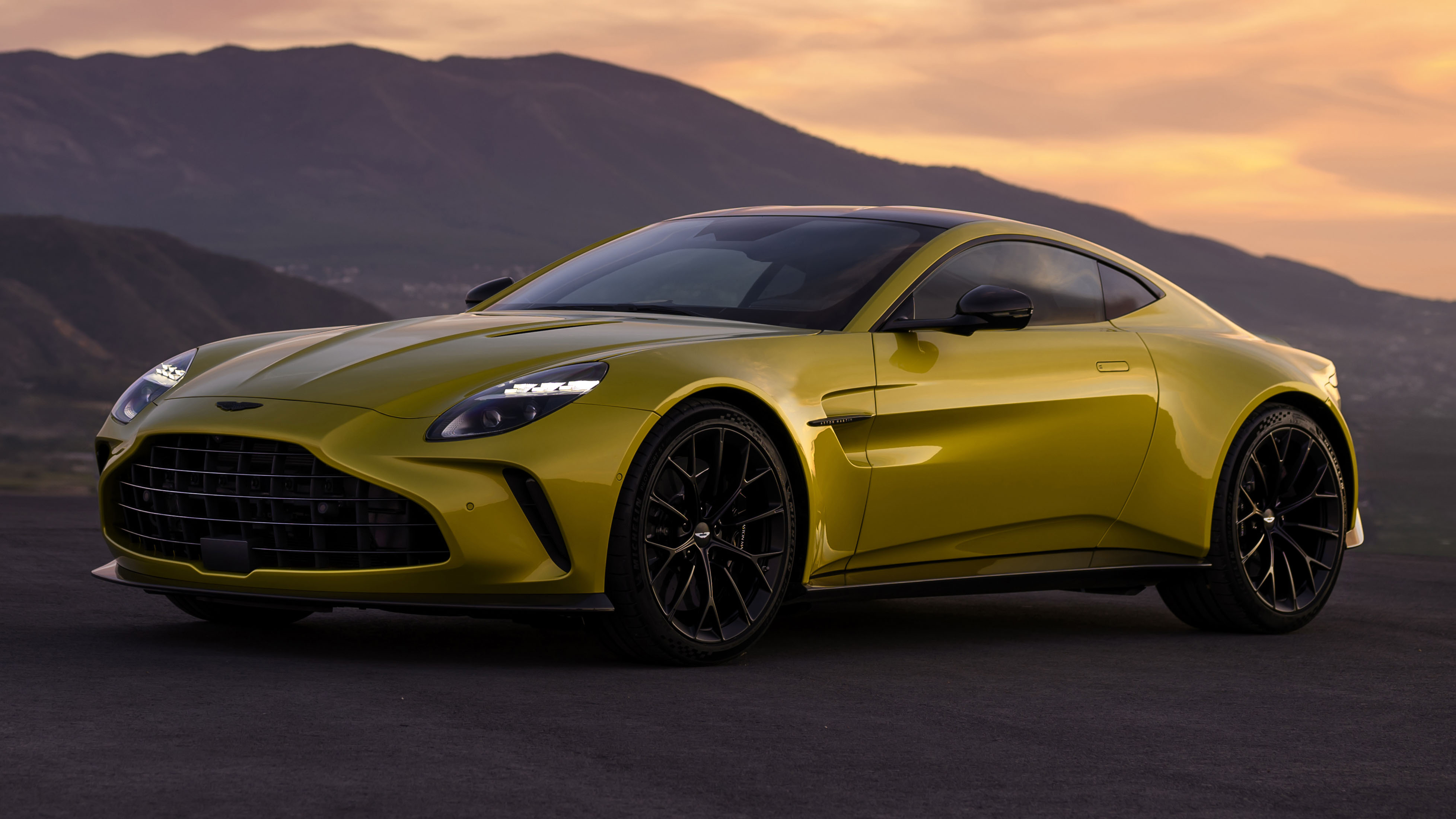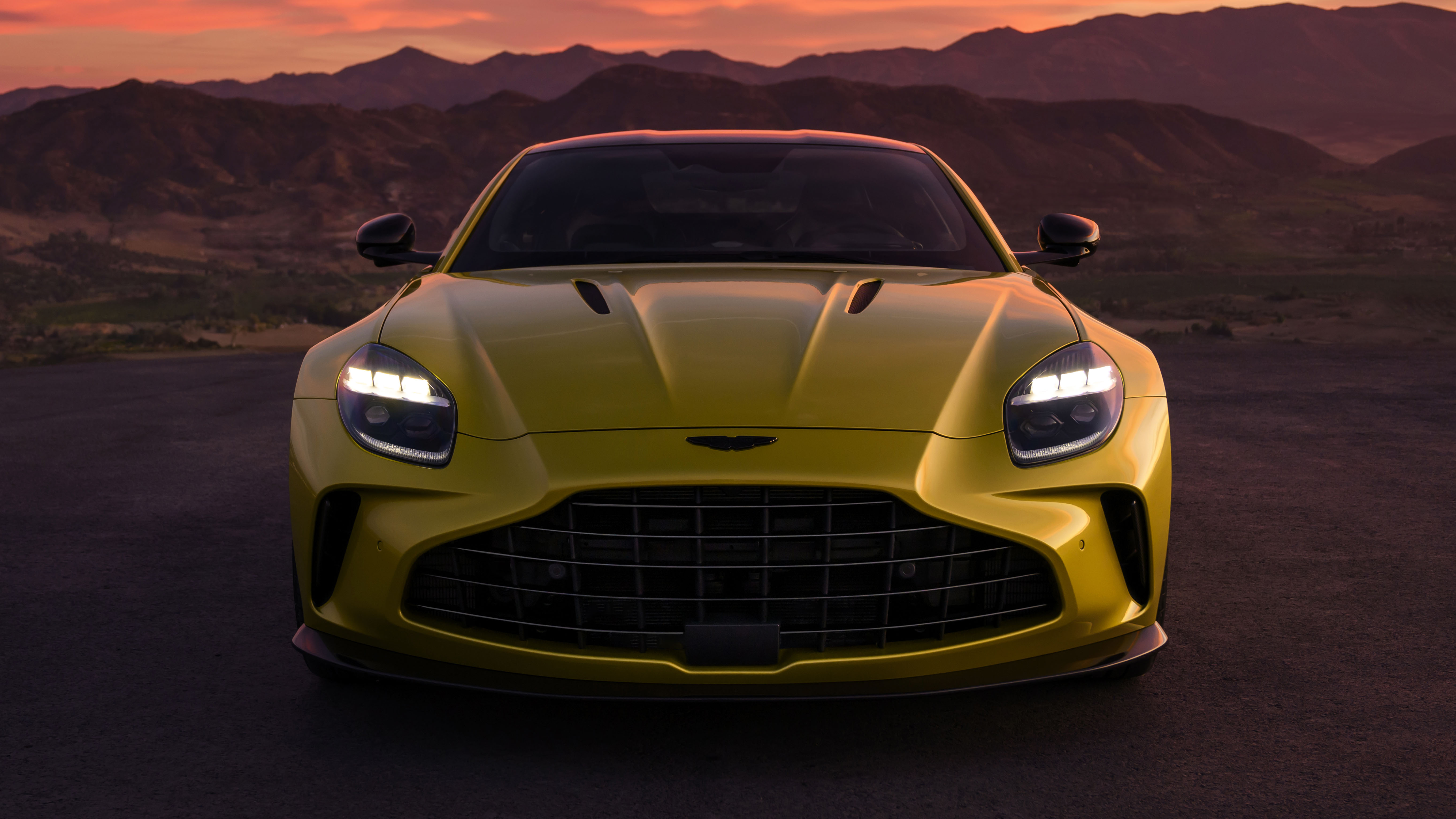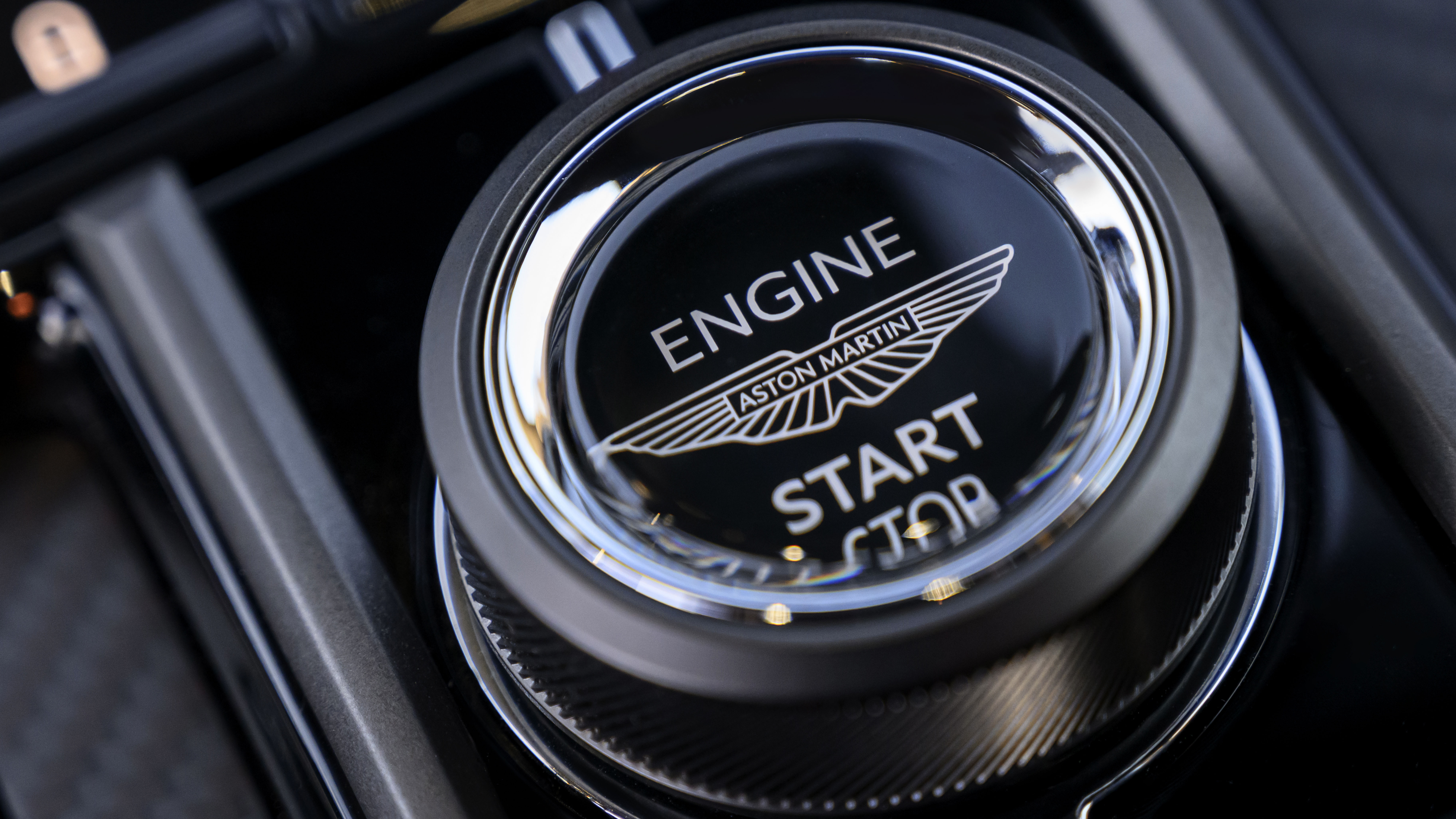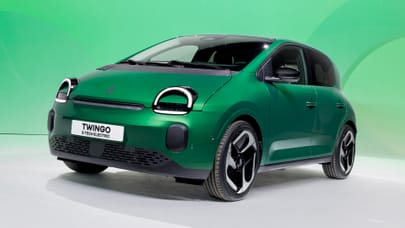
Behold, the new 656bhp Aston Martin Vantage: has it been stuffed with too much power?
‘Baby’ Aston takes a massive leap up from 500bhp, gaining a DB12-y interior revamp along the way
Six-hundred and fifty-six brake horsepower. Let’s get it out of the way, straight away: that’s a lot. Especially for a Vantage. The ‘entry-level’ Aston Martin…
Normally we nickname a car’s mid-life revamp a ‘facelift’, but this? This is more like that scene in Captain America when the skinny kid gets in the science booth chamber thingy and stumbles out with super strength and cheese-grater abs.
Aston’s decided every car it makes should be the most powerful in its class, so it’s had a good look at the new Mercedes-AMG GT (577bhp), Ferrari Roma (612bhp) and Porsche 911 Turbo S (641bhp…for now), smirked, and whacked the 4.0-litre twin-turbo AMG V8 up by over 150bhp.
Actually, it’s a bit knottier. Besides bigger turbos, 50 per cent more cooling and new camshafts, Aston has signed a new agreement with its German engine supplier that allows it much more tweaking over what AMG ships over in a crate.
In the old Vantage, you made do with the same of power as a V8 C63. Now, you have proper supercar pace. 0-60? 3.4 seconds. Top speed? 202mph. And you’ll get there more seamlessly because the eight-speed automatic gearbox doesn’t just have slender new blade-like paddles which turn with the steering wheel instead of sitting stubbornly on the column. Oh no. The software beneath is new. The shifts are faster. Shorter final drive too.
Boosting power by such an unholy amount has resulted in visible changes. The front grille is larger, and all real – no blanked off mesh here, blocking the engine’s insatiable air-petite.
There’s more effective vents in the bonnet, and the rear track is a chunky 30mm wider, to cope with the poke. Hence, wider, bespoke tyres. New suspension with sharper performance on track. A recalibrated electric rear diff. Stronger steering mounts and revised mapping that worked wonders on the DBS 770 Ultimate. And more bracing up front, across the rear, and along the floor.
Don’t think of it as a Vantage. Think of it like the Aston Martin Daft Punk. Harder. Better. Faster. Stronger.
And ‘More Expensive Inside'. The previous Vantage went all in on the James Bond theme inside, machine-gunning the dashboard with buttons to distract you from the prehistoric Mercedes infotainment and dated instruments. While we liked the fact it wasn’t Yet Another Touchscreen Overload, the result was too fussy and in more than a couple of places, simply not plush enough for a £140,000 car.
Everything’s changed for the better in the 2024 car, thanks to a dashboard borrowed shamelessly from the excellent DB12.
Top Gear
Newsletter
Thank you for subscribing to our newsletter. Look out for your regular round-up of news, reviews and offers in your inbox.
Get all the latest news, reviews and exclusives, direct to your inbox.
The digital dials are clearer and cleverer. There’s the new Aston touchscreen, which works, a Porsche-like console with physical buttons for suspension, exhaust and traction control settings amongst other stuff, and a stubby gear lever instead of the irritating ‘PRND’ buttons that made three-point turns feel like you were having an argument with a stubborn vending machine. You even get a glovebox this time.
It's not perfect: the Aston Martin key is still as uncomfortable as carrying a computer mouse around in your pocket (and you’ll have to as they forgot to design a slot for it inside) and visibility all round is… rubbish. You’ll have to hope everyone hears you coming, thanks to the quad-pipe exhaust, now standard.
So, no Mercedes leftovers inside. Well, except for one, sort-of. Remember the AMG GT R had that yellow Lego toggle on the dash for turning the traction control up and down like the heater? Twist it up for assistance, or down to dance with the devil. Genius.
Well, Aston’s so confident it’s cracked the handling nut on the head with this car, it’s borrowed that trick. Twizzle the other collar of the engine starter button and you’ll adjust how sideways 656bhp gets you before the car steps in to save your backside.
Options include all of the carbon fibre in the known universe, ceramic brakes which save 27kg in unsprung weight, and forged wheels. Select all the weight-saving bits like bucket seats and you’ll trim the overall weight down to around 1,700kg – this isn’t a light car, but it is now one that’s extremely powerful.
So, would that get you spending your £160k on the Brit, or is your brutish sports car coin still Germany-bound?
Trending this week
- Car Review
BMW iX3










